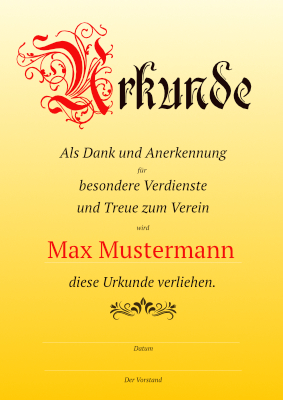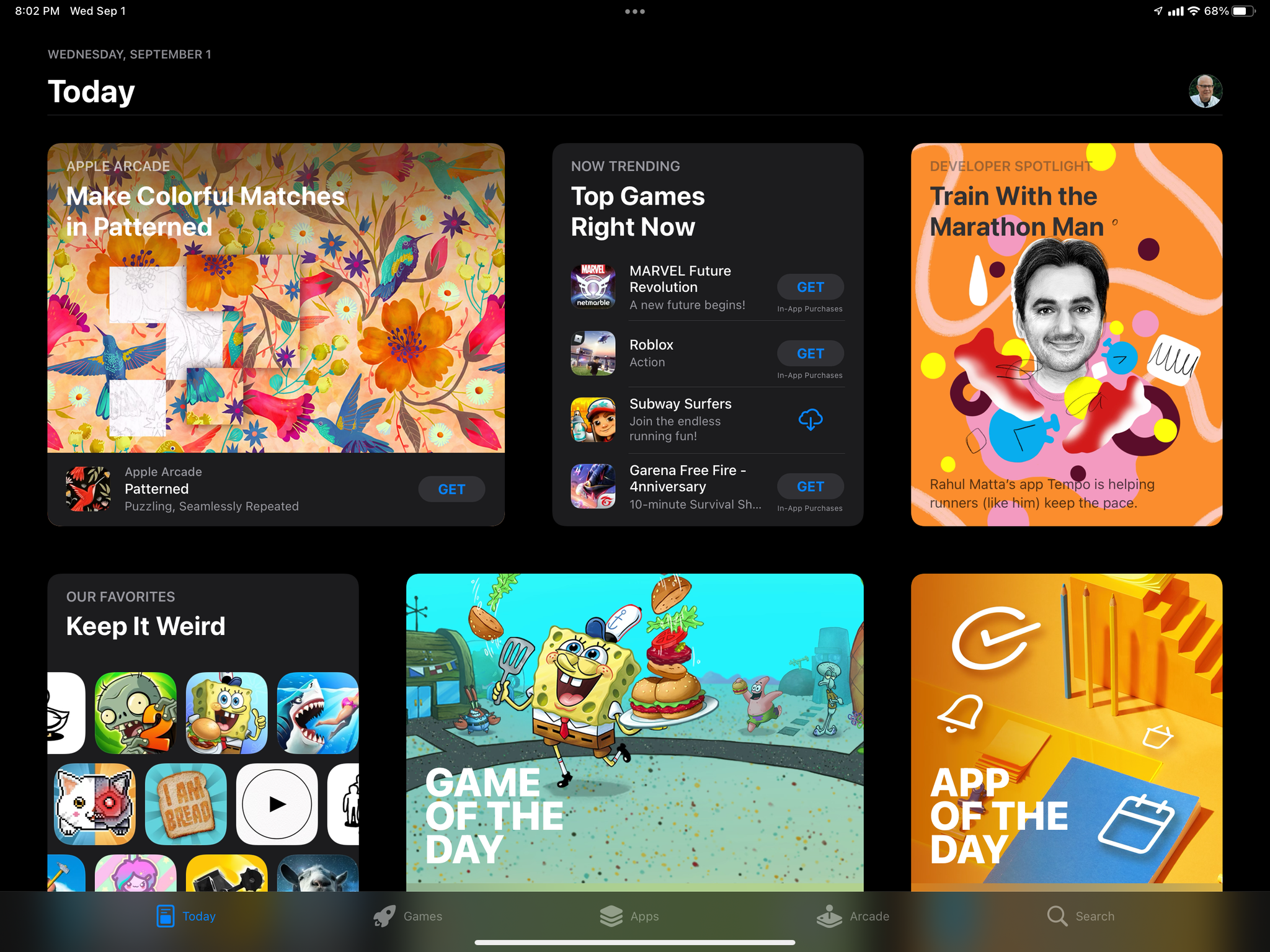
So there are some tradeoffs between these two paths. The fast path has a little bit of a problem with the stylized font on the top. The other part that you see is that accurate is actually much better in reading the whole text. And as I said, the numbers are not representative for everything, but it gives you a feel of the delta. And you see the progress? It took a little bit longer. Now, let's look at how long does accurate takes. So let's look first at how fast is fast.Īnd we're done.

So, the times that you see are not necessarily representative, but I wanted to give you a feel. And I did this on a relatively old MacBook Pro. So, I did a little screen recording of reading this document. So, let's look at what the difference is between fast versus accurate. So, this is a complex machinery, you might think. And we use the same kind of technique here in the accurate path to help us get past some of the recognition errors.īoth stages afterwards can actually go through a language correction phase which helps us to again eliminate some of the typical misreadings.Īnd out we get our results. And this is also the same reason when we try to proofread our text, that we don't see typos, because our brain interpolates over some of these mistakes.

And this helps us to get about, you know, there are certain characters that might be a bit like, you know, hard to read. So, it requires a deep learning model which will take a little bit more time to compute, but it reads much more as we humans actually read our text.
#Apple text reader full#
The accurate path, on the other hand, uses a state-of-the-art neural network to recognize text by first finding it in terms of strings and full lines.Īnd then recognizing it as words and sentences. The fast path works just actually on what Text Detector did before by finding characters and then advance a small machine learning model to actually recognize those characters, character by character. So, how does Text Recognition work in Vision? We have two paths to choose from.
#Apple text reader how to#
We have a number of example applications and they're also all attached to the session so you can download the sample code.Īnd last but not least, we're going to go over some best practices on how to use our Text Recognition. Okay, so what are we going to cover today? First we're going to talk a little bit about how Text Recognition works. And just that little bit of text that you see here, this allows you to take you from an image like this into recognized text like this. But today, I want to make this easier.Īnd we have something new, and that is the VNRecognizedTextRequest. So now you know why we need a full session to talk about Text Recognition. You take all these characters, put them into a string, and then come up with some heuristics that actually form the really sentences and words out of this. It arrayed over your results, and then you need to train basically a Core ML model that actually can read this stuff. Now, for those of you who are familiar with Vision, you'll know that we already had the VNDetectRectangleRequest that tells you where there is text in an image.įor some mysterious reason, we always got the question, "What is the text?" So, we needed a little bit of extra code. My name is Frank Doepke and I'm going to talk to you about Text Recognition in the Vision Framework. The National Federation of the Blind has already applauded Apple for including VoiceOver in the iPad.Good afternoon. There's no word on whether the Author's Guild will pursue a similar complaint against Apple. Responding to the criticism, Amazon said "no copy is made, no derivative work is created and no performance is being given." Nonetheless, Amazon in late February 2009 gave rights-owners the choice to enable or disable the audio function title by title. The guild contended that authors should be awarded audio-licensing fees for e-books. "That’s an audio right, which is derivative under copyright law." "They don’t have the right to read a book out loud," said Paul Aiken, executive director of the Authors Guild, in an interview with The Wall Street Journal. Amazon's Kindle 2 reader shipped with a function to read e-books out loud, and the Authors Guild made a fuss alleging copyright violations that would cut into sales of audiobooks. The new detail about audio dictation should raise more questions. That's good news for iPad customers, because that means bookworms won't be limited to the offerings in the iBooks store, which are based on partnerships that Apple inked with publishers.
#Apple text reader free#
And you can add free EPUB titles to iTunes and sync them to the iBooks app on your iPad.


"That makes it easy for publishers to create iBooks versions of your favorite reads. "The iBooks app uses the EPUB format - the most popular open book format in the world," Apple's site reads. And for EPUB titles that are not offered through the iBooks store, you can manually add them to iTunes and then sync them to the iPad:


 0 kommentar(er)
0 kommentar(er)
